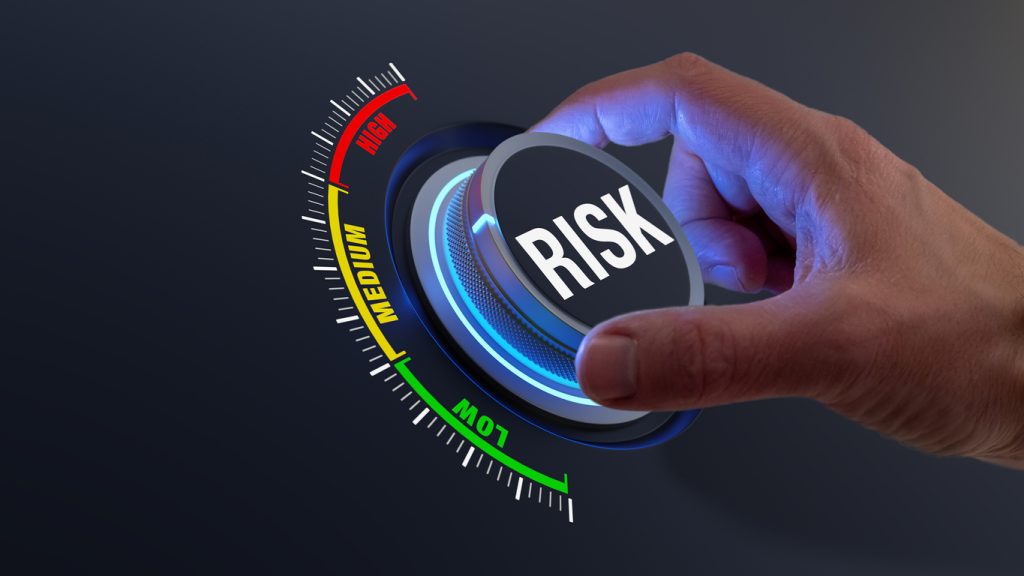Exploring GRC and why it’s gaining importance in today’s business landscape
The importance of GRC has been rising due to several factors, including increased regulatory scrutiny, evolving industry standards, globalization, and the growing complexity of business operations. Effective GRC practices help organizations minimize risks, improve decision-making processes, enhance transparency and accountability, and maintain trust with stakeholders, including customers, investors, regulators, and the public.
Governance: Governance refers to the system of rules, practices, and processes by which a company is directed and controlled. It involves defining the roles and responsibilities of key stakeholders, establishing decision-making processes, and ensuring accountability throughout the organization’s structure.
1. Establishing Accountability: Governance sets the framework for defining roles and responsibilities within an organization. It delineates who is responsible for decision-making, oversight, and performance monitoring across various levels of the organization.
2. Defining Strategic Direction: Governance provides the mechanisms for setting and communicating the organization’s strategic objectives. It ensures alignment between the organization’s mission, vision, and goals, and the actions taken by its leadership and employees.
3. Ensuring Compliance with Regulations: Governance structures often include compliance oversight to ensure that the organization operates within legal boundaries. This involves monitoring changes in laws and regulations relevant to the industry and implementing processes to adhere to them.
4. Safeguarding Stakeholder Interests: Governance practices aim to protect the interests of stakeholders, including shareholders, customers, employees, and the broader community. This involves promoting transparency, ethical behavior, and accountability in all aspects of the organization’s operations.
Risk Management:
Risk management involves identifying, assessing, and prioritizing risks that could potentially affect the achievement of an organization’s objectives. This includes both internal and external risks, such as financial risks, operational risks, compliance risks, cybersecurity risks, and more. Effective risk management strategies aim to mitigate or eliminate these risks to protect the organization and its stakeholders.
1. Identifying Risks: Risk management involves the systematic identification of potential threats and opportunities that could impact the organization’s objectives. This includes financial risks, operational risks, reputational risks, compliance risks, cybersecurity risks, and more.
2. Assessing Risk Impact and Probability: Once risks are identified, they are assessed based on their potential impact on the organization and the likelihood of occurrence. This helps prioritize risks and allocate resources effectively to manage them.
3. Implementing Mitigation Strategies: Risk management strategies aim to mitigate or eliminate identified risks to an acceptable level. This may involve implementing control measures, transferring risks through insurance or contracts, avoiding certain activities altogether, or accepting certain risks as part of doing business.
4. Monitoring and Reviewing: Risk management is an ongoing process that requires regular monitoring and review. Organizations need to continuously assess the effectiveness of their risk management strategies, adapt to changes in the internal and external environment, and adjust their approaches accordingly.
Compliance:
Compliance refers to the adherence to laws, regulations, standards, and internal policies relevant to an organization’s operations. This includes regulatory requirements set forth by government agencies, industry-specific standards, contractual obligations, and internal policies and procedures. Compliance efforts aim to ensure that the organization operates ethically, responsibly, and within legal boundaries.
1. Understanding Regulatory Requirements: Compliance involves understanding and adhering to laws, regulations, standards, and internal policies relevant to the organization’s operations. This includes regulations imposed by government agencies, industry-specific standards, contractual obligations, and internal governance policies.
2. Implementing Controls and Processes: Compliance efforts require implementing controls and processes to ensure that the organization operates within legal and ethical boundaries. This may involve developing policies and procedures, conducting training and awareness programs, and establishing monitoring and reporting mechanisms.
3. Managing Compliance Risks: Non-compliance can result in legal penalties, reputational damage, and loss of trust with stakeholders. Therefore, managing compliance risks is crucial for the long-term sustainability and success of the organization.
4. Demonstrating Accountability: Compliance efforts help demonstrate accountability to stakeholders by providing assurance that the organization is operating ethically, responsibly, and in accordance with relevant laws and regulations.
Importance of GRC:
Minimizing Risks: GRC practices help organizations identify and mitigate risks that could impact their ability to achieve objectives, thereby safeguarding their long-term sustainability and success.
Enhancing Decision-Making: By providing a structured framework for governance, risk management, and compliance, GRC practices enable more informed and strategic decision-making at all levels of the organization.
Improving Transparency and Accountability: GRC promotes transparency and accountability by establishing clear roles and responsibilities, ensuring compliance with regulations and standards, and providing mechanisms for monitoring and reporting.
Maintaining Trust with Stakeholders: Effective GRC practices help build and maintain trust with stakeholders, including customers, investors, regulators, and the public, by demonstrating the organization’s commitment to ethical behavior, responsible governance, and compliance with laws and regulations.
In summary, GRC is essential for organizations to navigate the complex and evolving business environment, manage risks effectively, and uphold the trust and confidence of their stakeholders. As regulatory requirements become more stringent and expectations for transparency and accountability continue to rise, the importance of GRC will only continue to grow.



